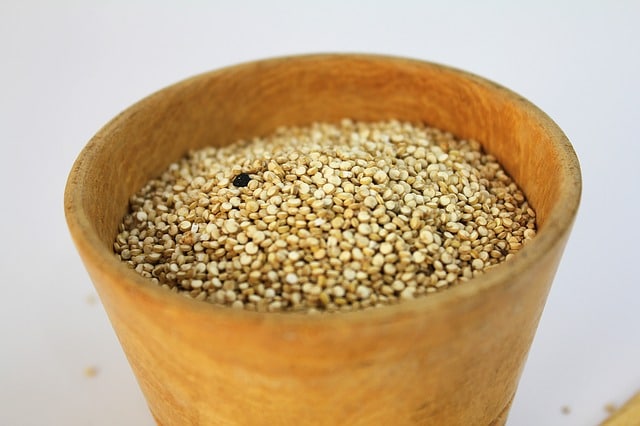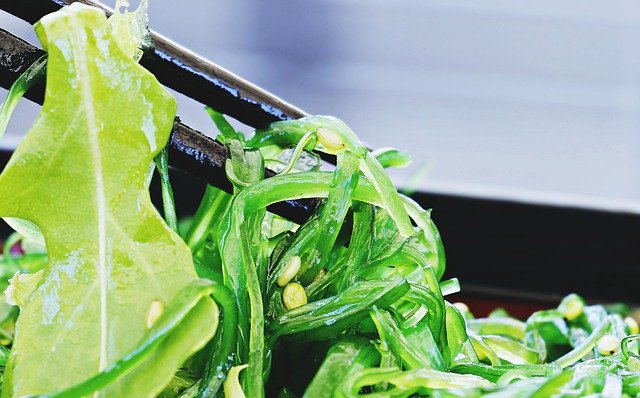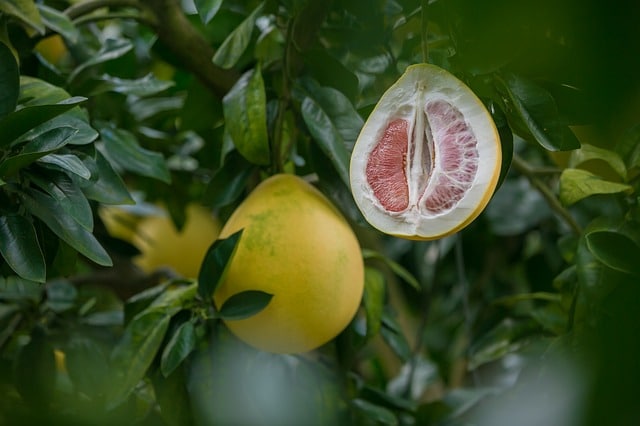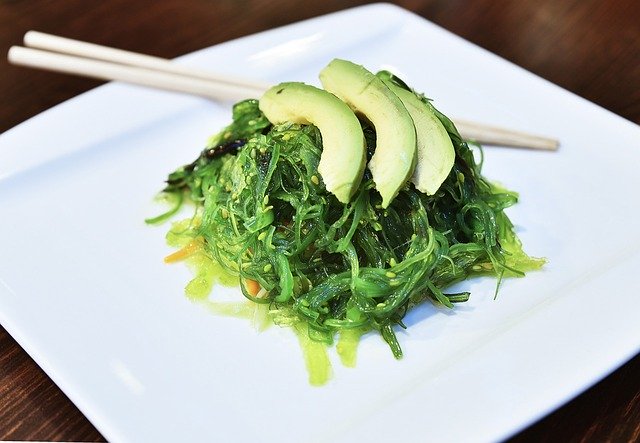
It’s important to eat a varied diet, right? We’re told it’s healthier, as we’re then more likely to get all the nutrients we need to reduce our risk of major chronic diseases.
But then a study came out in 2018 that seemed to counteract the notion that “variety is good.” Researchers from the American Heart Association (AHA) reviewed data from observational studies published between 2000 and 2017 and found that greater variety in a diet was associated with less healthy eating patterns.
Specifically, those who ate a higher variety of foods tended to eat more processed foods, refined grains, and sugar-sweetened beverages while eating less whole foods, like fish, fruits, and vegetables. Those on the varied diet were also more likely to gain weight, showing that variety isn’t necessarily associated with promoting healthy eating patterns or healthy body weight.
Still, the idea of covering your bases nutritionally, so to speak, has wisdom in it. If you eat carrots, but not green peppers, for example, you get a good dose of vitamin A, but not as much vitamin C. If you eat mostly fruits and veggies, you get lots of antioxidants, but you may miss out on healthy fats or proteins.
A varied diet—as long as you make healthy choices and don’t overload on calories—helps increase your odds of getting all of the nutrients you need for optimal health. The AHA said as much when they emphasized choosing a range of healthful foods for your best diet.
Below we have shared seven healthy foods that you may not have heard of, but could help vary your diet without expanding your waistline.
1. Yacon
This tuber grows underground and looks like a potato, but has a slightly sweeter taste and is full of fructooligosaccharides (FOS) that help balance blood sugar levels. It’s a great food for diabetics for this reason. It’s also low in calories, yet leaves you satisfied, so consequently can help those trying to lose weight.
There are even more great reasons to try yacon. Yacon’s FOS helps promote the growth of health-promoting bacteria in the gut while reducing “bad” bacteria populations. This helps to maintain a healthy gut. Consuming yacon can also lower fasting triglyceride and cholesterol levels.
Yacon root grows naturally in South America and is commonly used as a sweetener (yacon syrup) in a variety of foods. It has a crunchy texture and a sweet flavor, which means you can peel and eat it as a snack, add it to salads, toss it into stir-fries, or roast it with other root vegetables.
2. Amaranth
Amaranth is an ancient whole grain dating back to the Inca, Maya, and Aztec civilizations. It’s a good source of protein and fiber and has an earthy, nutty flavor. Like most whole grains, it helps promote energy and keeps your digestion moving smoothly, but it has other benefits, too.
For one, amaranth is a great source of manganese, magnesium, and phosphorus, which can help support mental cognition, healthy bones, and strong muscles. It also has more protein per serving than other grains, which means it will keep you satisfied. It’s also rich in phenolic acids, which work as antioxidants in the body.
Prepare amaranth much as you would any whole grain. For every one-cup of amaranth, use three cups of water. Heat to boiling, then reduce and simmer until the water is absorbed. Enjoy as a hot breakfast cereal, a base for veggie bowls, mixed into soups and stews, or as a side dish.
3. Wakame Seaweed
This is a type of seaweed often found as the green vegetable in miso soup. Like other seaweed, it’s packed with trace minerals, low in calories, and is a rich source of healthy antioxidants. Even in small amounts, it helps boost your intake of important minerals like magnesium, folate, manganese, and iodine, and may help support the health of the thyroid.
Studies have suggested that wakame may support healthy blood pressure, lower cholesterol levels, inhibit the growth of cancer cells, and maintain healthy blood sugar levels. It has a soft texture and mild flavor and can be used in a wide variety of dishes.
Add wakame to your salads and soups, or use it as a side dish topped with a bit of soy sauce.
4. Pomelo
Pomelo comes from Asia and is related to the grapefruit, but it’s shaped like a teardrop and comes in green and yellow colors. It’s also quite large, usually the size of a cantaloupe or larger. A member of the Citrus genus, it has a tough and inedible outer rind and a pulpy white, pink, or red inner flesh, depending on the variety.
Pomelo has gained popularity in North America partly because it’s a good source of many nutrients, including vitamin C, potassium, vitamin B6, and magnesium. The vitamin C content means that it helps support the immune system, while the fiber content—about 25 percent of the daily requirement—helps promote healthy digestion.
One more thing—both pomelo and grapefruit contain an enzyme-linked with weight loss. It’s called “carnitine palmitoyl-transferase”, and has been found in studies to help decrease food intake and body weight.
You can simply peel, cut, and eat a pomelo, though it does have a thick rind, so be prepared to use a strong knife. Cut off the cap first, then make several vertical slices around the outside of the fruit. Next, pull the thick rind away from the fleshy interior, then pull it off completely. Remove the seeds and enjoy them.
5. Camu Camu
This berry fruit is native to the Amazon rainforest and has been compared to a sour cherry or tart cranberry. It’s too acidic for most to enjoy as-is, but because of its health benefits, it is often blended into juices or added to smoothies and other foods.
Where camu camu stands out is in its vitamin C content. It provides about 2,400-3000 grams of vitamin C per 3.5-ounce serving. This makes it a powerful antioxidant and immunity booster, as well as a good fruit to consume if you want healthy-looking skin.
Camu camu also contains small amounts of other nutrients like potassium, calcium, zinc, magnesium, manganese, and copper, and is a good source of plant polyphenols, which have been linked with improved heart and gut health.
The most readily available forms of camu camu on the market today come in the form of pulp, puree, and juice, typically sweetened to improve the taste. You can also find it in powder form, which you can add to smoothies, cereals, yogurts, and salad dressings.
6. Mugicha (Barley Tea)
Known as Mugicha in Japan and Boricha in Korea, roasted barley tea is typically enjoyed cold on a hot day, though like most teas it can also be served hot. It’s available in tea bags, or you can prepare it by boiling roasted and unhulled barley grains in water. It has a nutty, toasty flavor with a subtle, bitter aftertaste tamed with a squeeze citrus fruit or a spoonful of honey.
Because it’s made from a grain, this tea contains no caffeine, which is a plus for those who are sensitive. It’s a good source of antioxidants like vitamin C, vitamin A, and selenium, which all work to support the immune system and overall health.
A natural antibacterial, it has been linked to preventing tooth decay (as long as you don’t add a sweetener to it) and reducing infections. If you have a cold or the flu, this is the perfect beverage to help speed up healing. It’s complex carbs help stabilize blood sugar and keep you satisfied for hours, and it’s also said to help with heartburn and indigestion.
Barley does contain gluten, so if you’re avoiding gluten, avoid this drink, too. Otherwise, you can enjoy it hot or cold.
7. Mung Beans
Indian dishes frequently include mung beans, which are an edible seed of the legume plant family and the smallest member of the bean family. You can get them in the whole form, as dried seeds split like a lentil, in dried powder form, or as sprouts. They’re small and green and have been cultivated for thousands of years, first in India, and later in China and other parts of Southeast Asia.
With a slightly sweet taste, these beans are highly versatile and can be used in a wide variety of dishes. They’re also a good source of a variety of nutrients, including folate, manganese, magnesium, vitamin B1, phosphorus, iron, and copper, and like most beans, they’re high in fiber.
Mung beans are one of the best plant-based sources of protein you can get, with one serving giving you about 14 grams. The fiber and protein together can help suppress hunger and reduce calorie intake.
You’ll find a variety of healthy antioxidants in these little beans, which can reduce the risk of disease, as well as properties that may help reduce high cholesterol levels and blood pressure. The fiber is a soluble type, called pectin, which can help improve digestion while resistant starches promote healthy gut bacteria.
Enjoy mung beans either raw in salads or cooked in stir-fries and curries. Or simply cook them until tender and use them as a side dish or in your soups and sauces. They don’t have a strong flavor, so they can work well under almost any circumstances to add texture and protein to a meal.
For your complete guide to the best foods to eat, make sure to check out The Best Foods that Rapidly Slim & Heal in 7 Days, here!






